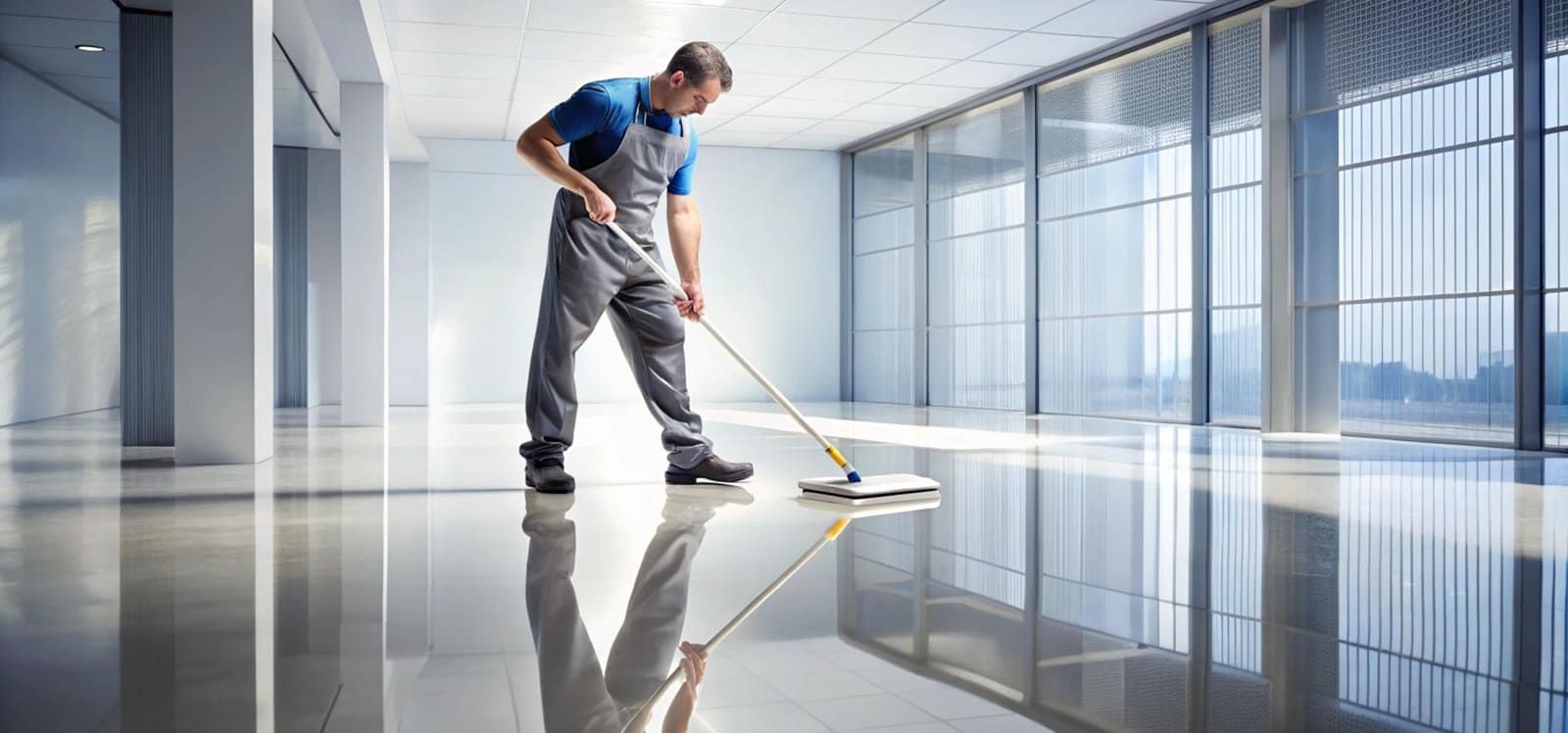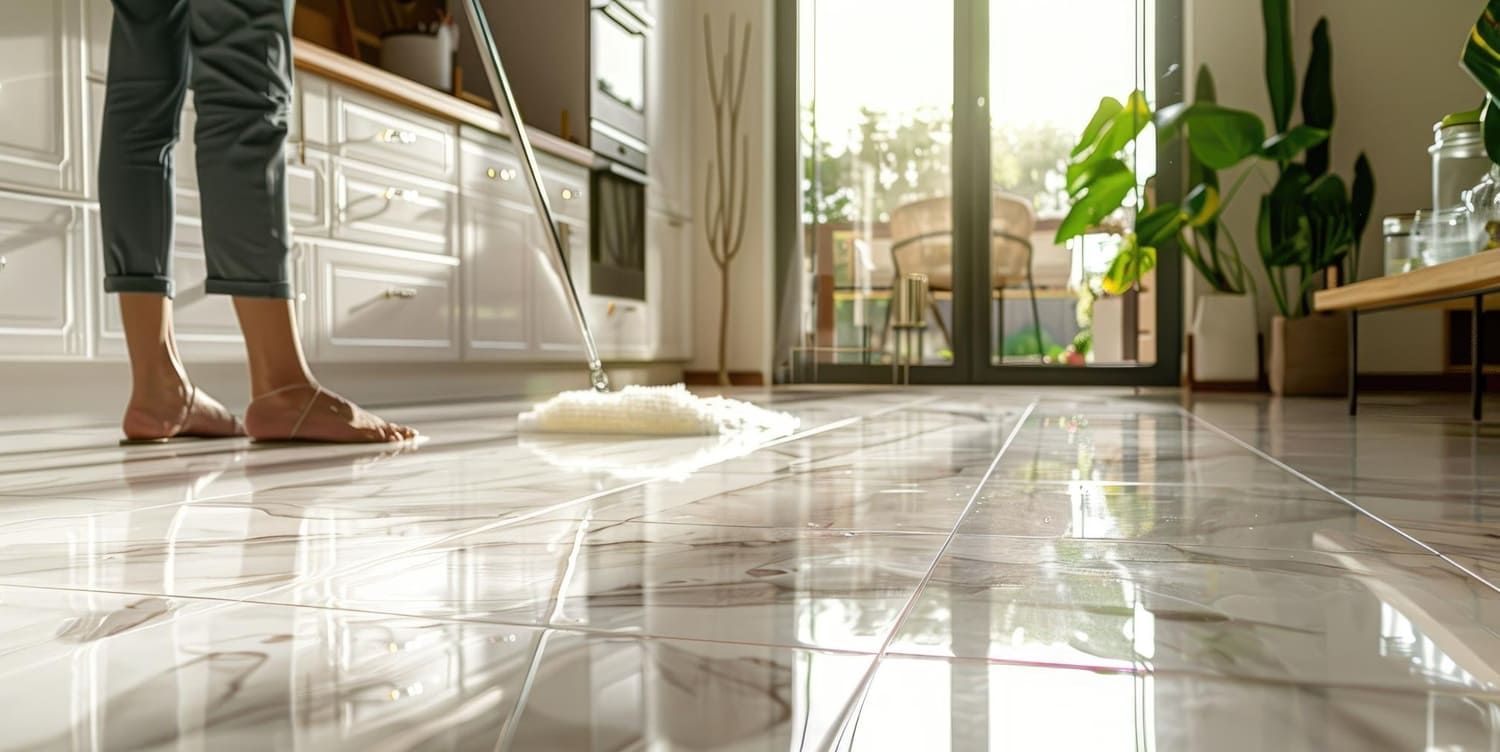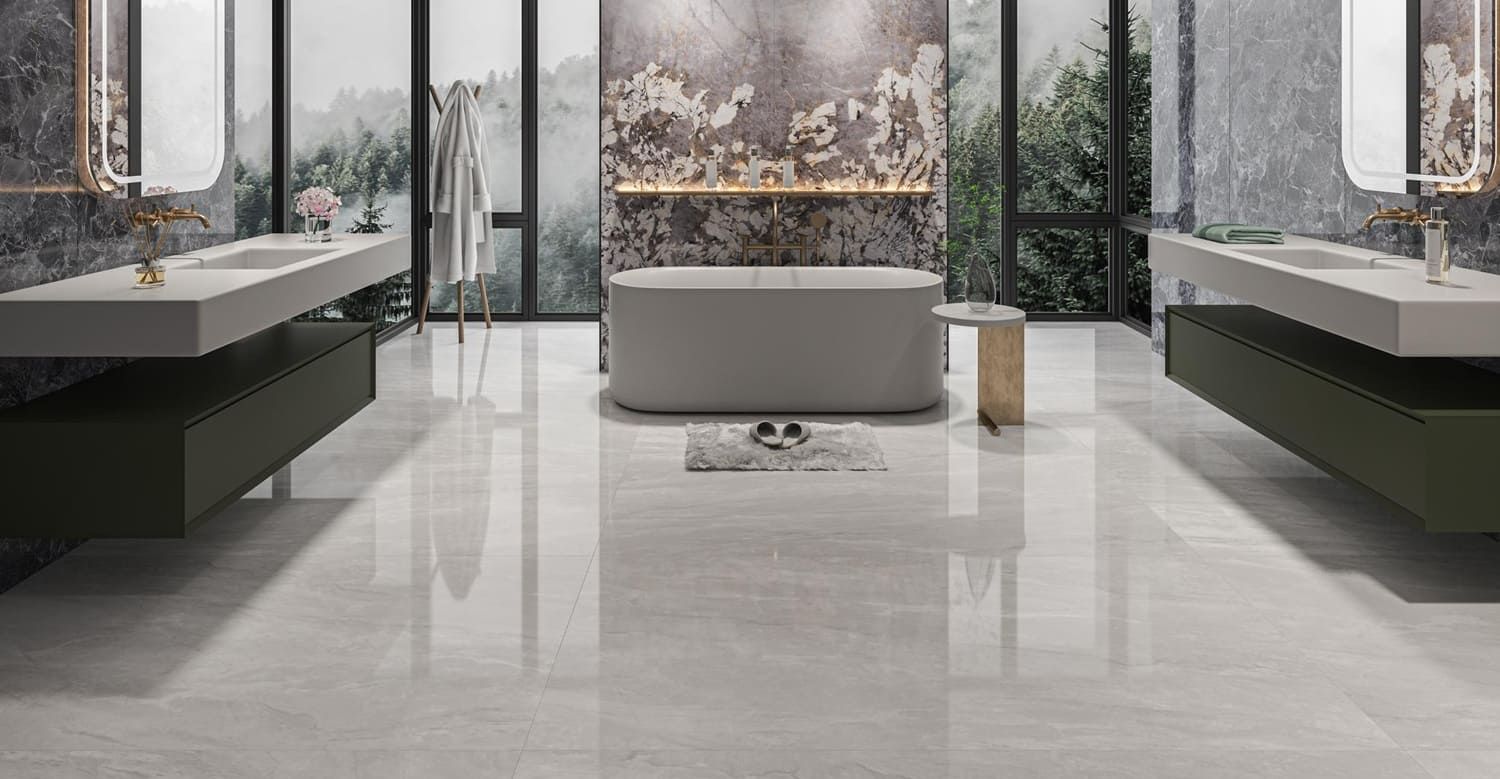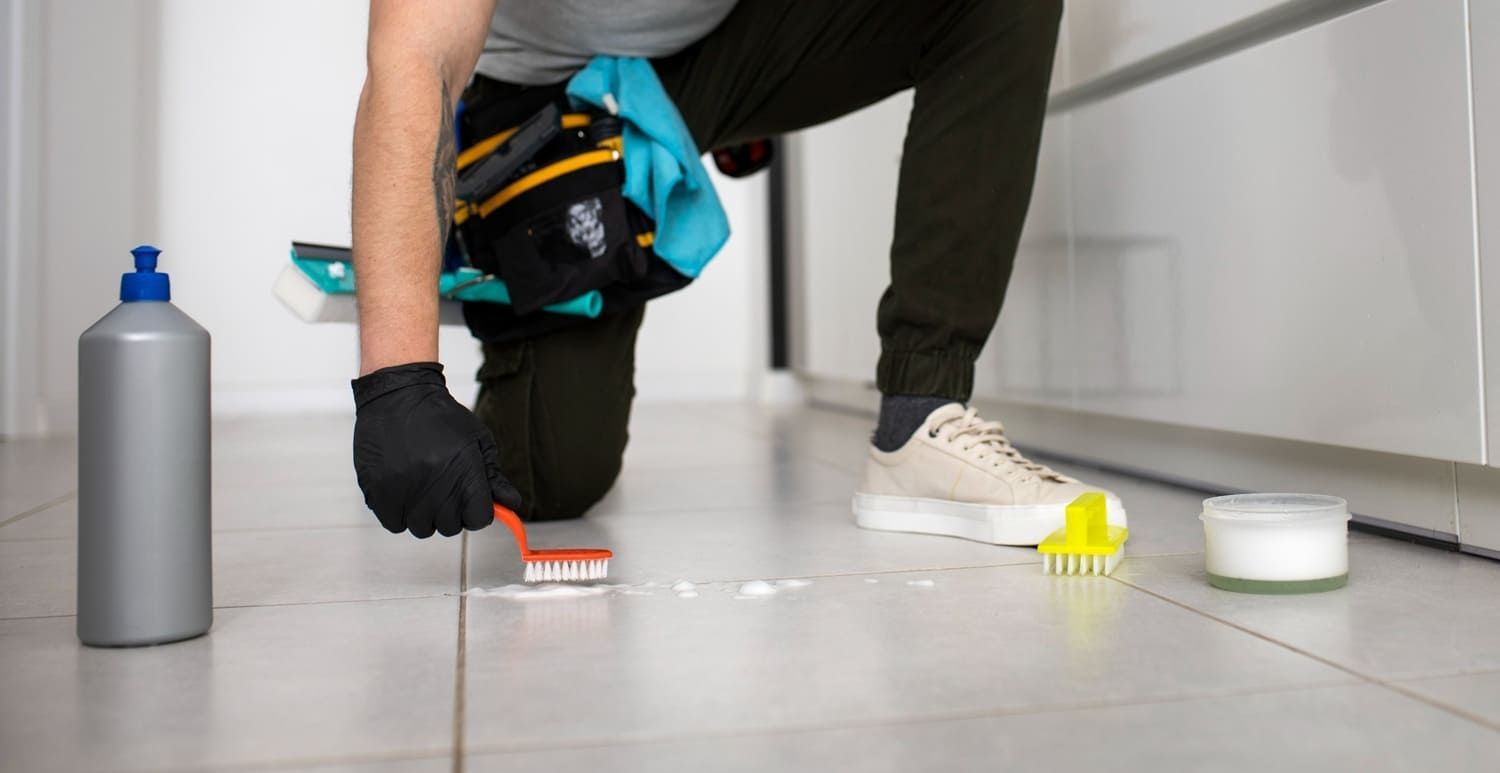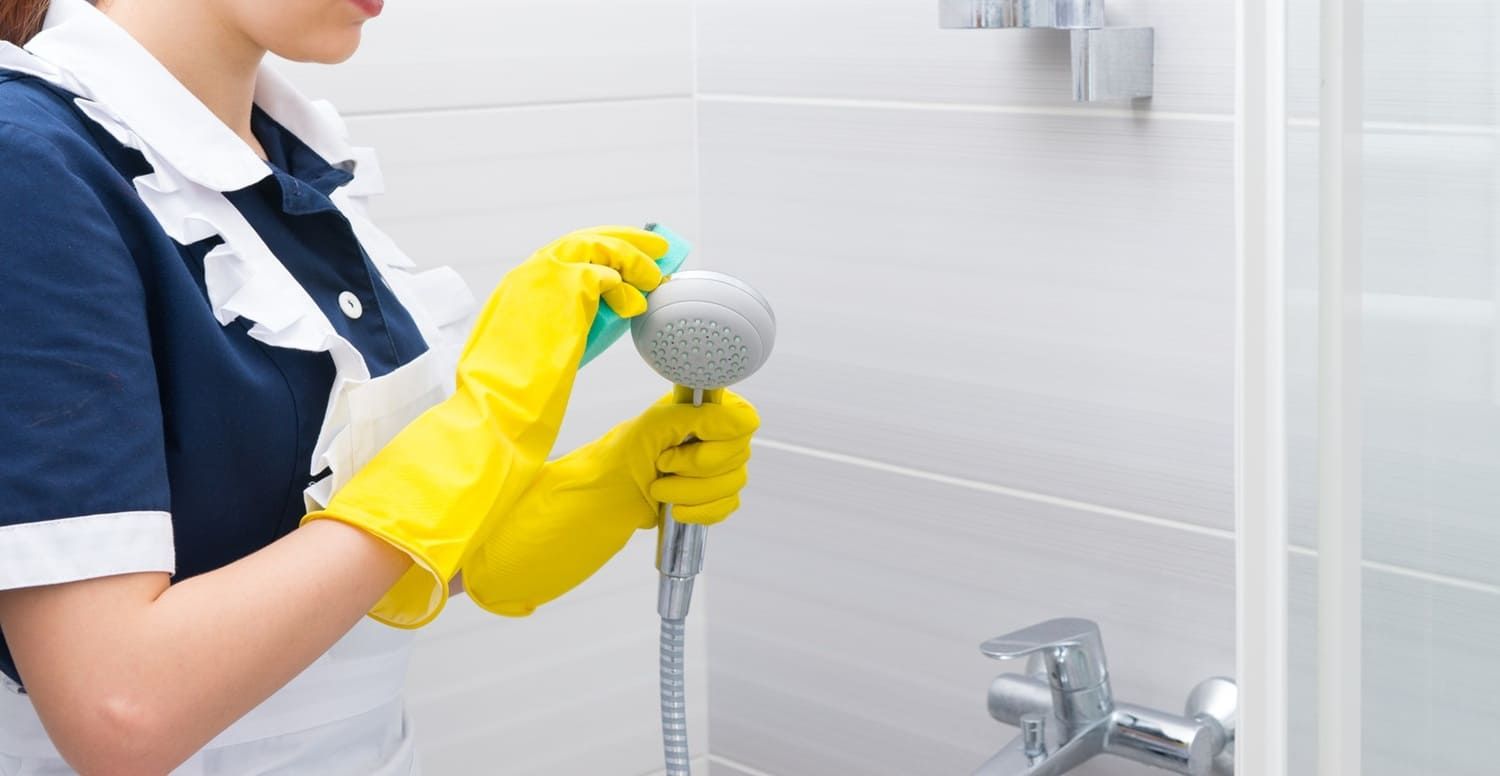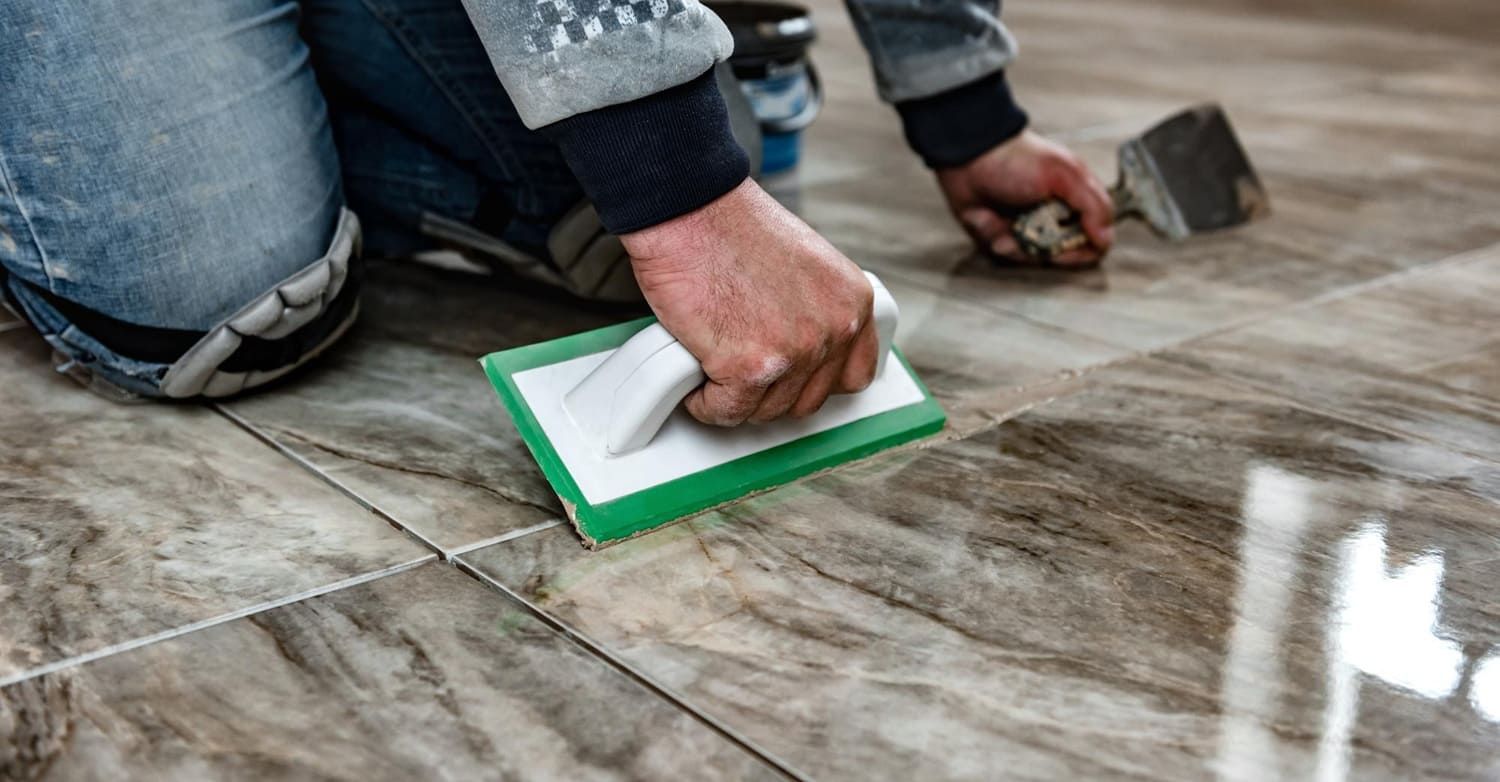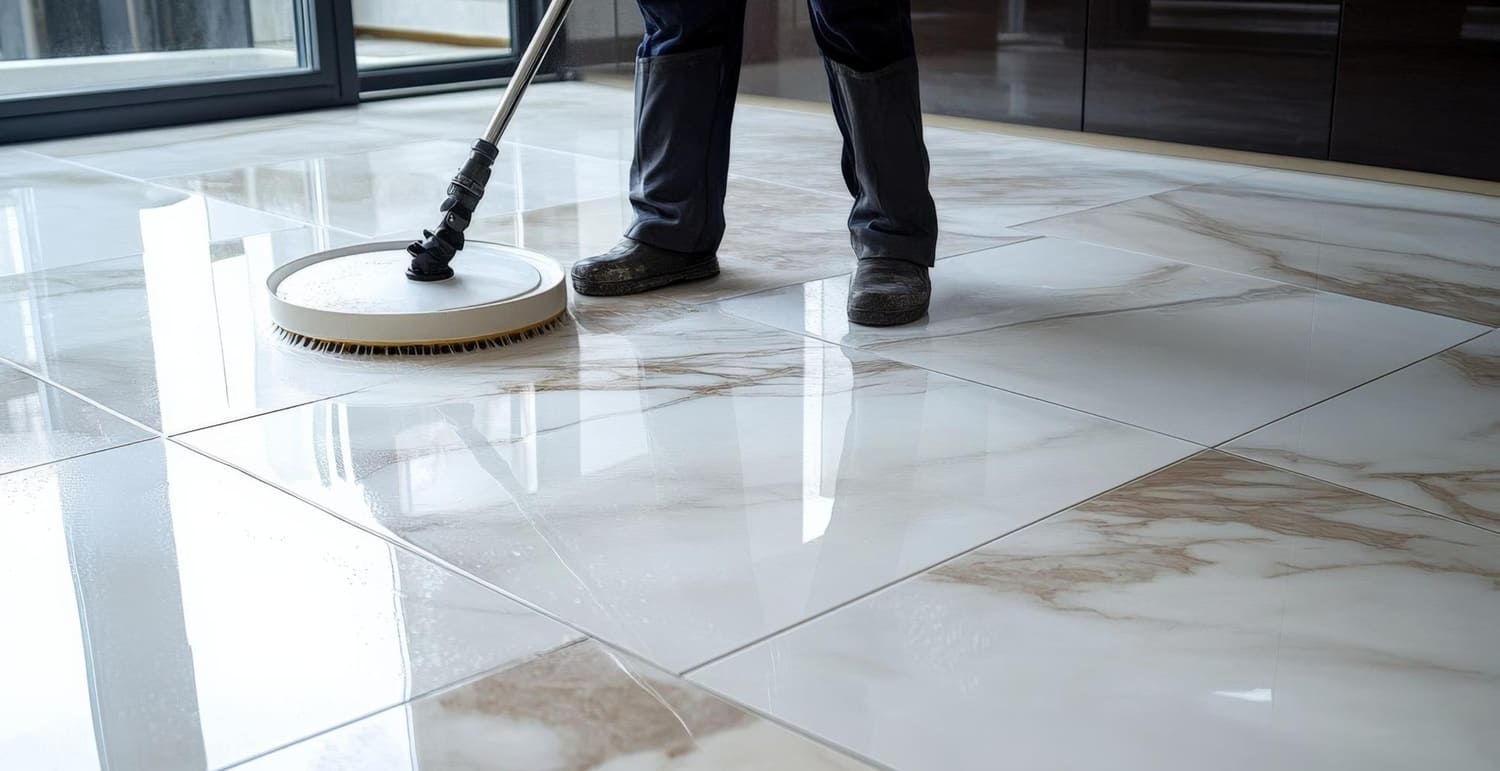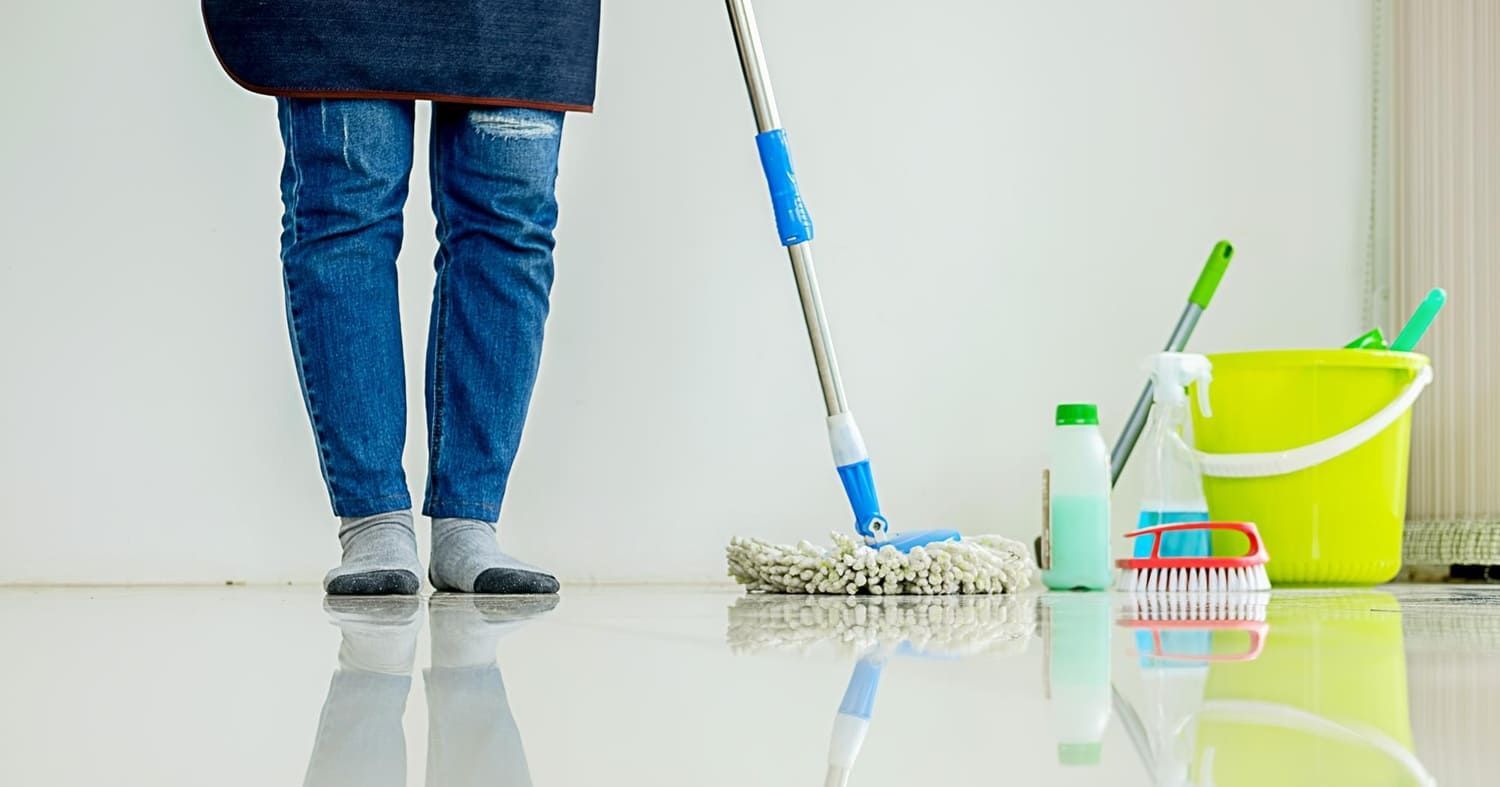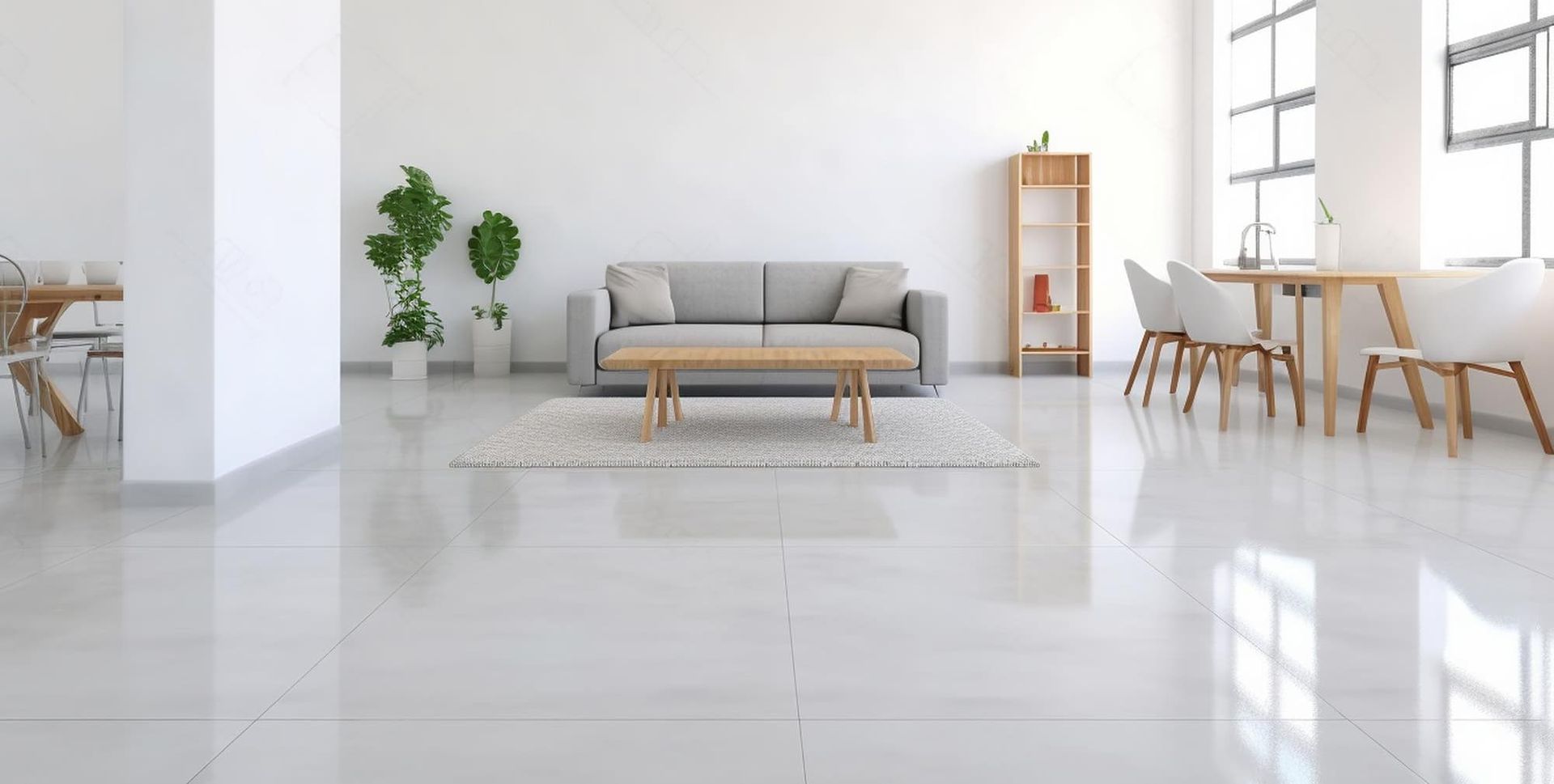The Do's and Don'ts of Floor Maintenance for Your Home
Are you wondering how to keep the flooring in your home looking brand new? Click here for the do's and don'ts of floor maintenance for your home.
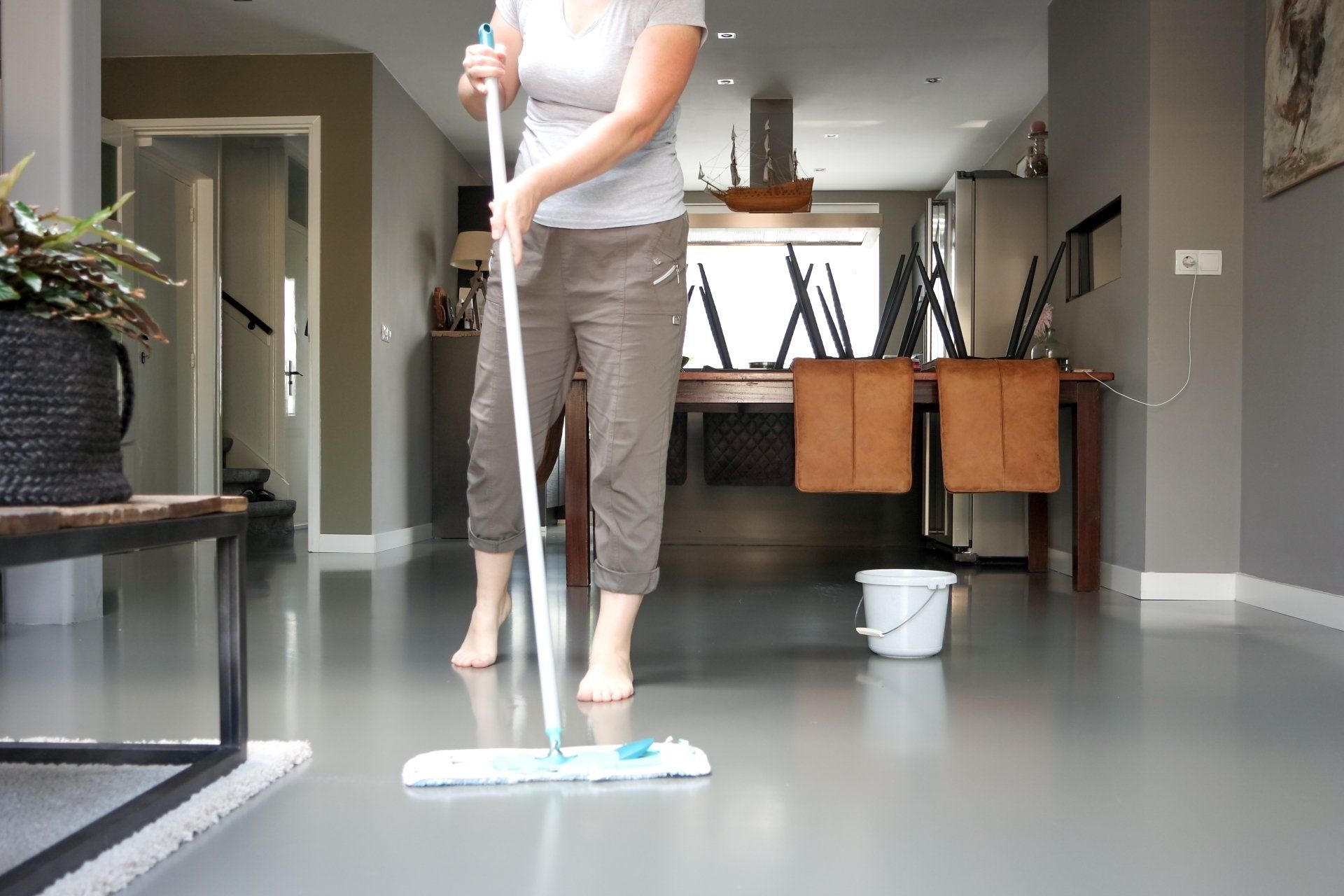
Did you know that 18.969 billion square feet of floor coverings are sold every year? This number increased during the global pandemic as more people sought to renovate their homes. But once you have spent money on new flooring, do you know how to maintain it?
There can be a lot of confusion about how to deal with certain floor types. Read on as we discuss the do's and don'ts of floor maintenance.
1. Do Clear the Clutter
In any room of the house, clutter can quickly start to accumulate. When combined with furniture, it can make mopping and a sweep extremely difficult. You may not even be able to clean the area completely if items are left lying around.
Take time before you do any maintenance and cleaning to tidy. Pack away children's toys, pet beds, clothing, and other items strewn on the ground. This will make the whole process a lot easier.
2. Don’t Use Too Much Water
Water and wood flooring are not a good mix. Though you want enough to clean the flooring, you don't want to soak it. If moisture makes its way into the gaps between boards, it can rot and warp certain woods.
Even if you are not cleaning hardwood floors, too much water is still not a good idea. Excess fluid dilutes any solutions you are using, limiting their effectiveness. Saving water is also great for the environment, so try to cut down and only use the essential amount.
3. Do Invest in Protection
Certain areas of your floor will take more wear and tear than others. If you can protect these high traffic points, then you will increase the longevity and maintain the look of your floor.
Start by placing mats in the entranceways to the property. This is where the most dirt and dust will be walked in, scratching flooring and discoloring it. After this, you may want to lay rugs in walkways and put more mats near sinks.
Other high traffic areas are under the legs of furniture and chairs. You can either lay rugs under them or place small protective felt pads on the ends of the legs. This will prevent wear as they rub on the floor below.
4. Don't Steam Hardwood Floors
A steamer is great for floor care but only on certain types of floors. They work best for linoleum or tile floors, where water can not penetrate or the surface will not deteriorate because of it.
When you apply a steam cleaner to hardwood, you are giving it two things it should be avoiding. The first is water, which can be pushed into its body via the steam cleaner.
Secondly, you are applying an extreme temperature change in a short period of time. This will warp and bend the wood, leading to uneven flooring.
5. Do Keep It Simple With Tile Floors
One of the advantages of tile floors is that they require very little maintenance. You don't need any specific cleaners for them, and you should avoid anything that contains acid or ammonia. A liquid detergent in small amounts, placed in hot water will suffice.
Start the process of cleaning with a sweep or vacuum. You should then use a rag-style mop as opposed to a sponge one as this tends to push dirty water around. Afterward remove any moisture from the grout lines with a clean, dry cloth to avoid mold growth and discoloration.
6. Don’t Ignore the Manufacturer's Instructions
When you buy any type of flooring, you will be provided with instructions from the manufacturer. Make sure you read them carefully and take in everything they advise. This can provide a wealth of information about how to increase the life of your product.
If you have hardwood flooring, each type of wood will have different needs and require slightly different care. These instructions will guide you and may even suggest the correct type of treatments and products to use on it when cleaning.
7. Do Perform Maintenance Regularly
Even when your house is barely used, dust, dirt, and detritus will accumulate on your flooring. Children, pets, and large levels of traffic increase this. As this dirt gets trampled about, it damages and scratches your flooring.
Make sure you sweep at least once a day to avoid it. Mopping can take place less, but you should still aim to do it once or twice a week with hardwoods. Tile floors can be done less, but this depends on how much traffic they get and how dirty they become.
Make sure you keep a regular checklist of the cleaning items you need. With a good mop and some light detergent, you should have everything you need for routine maintenance.
8. Don’t Dump Dirty Water Around Usage Areas
When you have finished mopping, make sure you dispose of water directly down the drain. It is filled with dirt and bacteria, so you don't want to cross-contaminate areas in your home. You should also avoid tipping it directly onto the grass and the yard, as it could damage plant life in the surrounding area.
9. Do Wax Linoleum Floors
Linoleum floors are extremely hardwearing and will last a long time if well maintained. As well as sweeping and mopping, you should apply wax to them every two to six months. This will restore their shine and luster.
Adding Regular Floor Maintenance to Your Schedule
Now you know how to perform floor maintenance, do more research into the individual floor types. Read the manufacturer's instructions and buy the products they advised. Add your new maintenance tasks to your cleaning schedule.
Advanced Sealers and Cleaners have everything you need to protect your floor coverings. We can seal everything from tiles to wood, increasing the lifespan of your products. Contact us here to discuss your flooring type and see what we can do for you.




